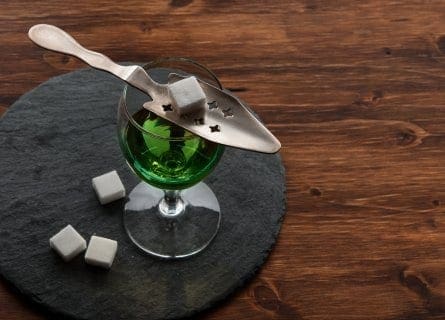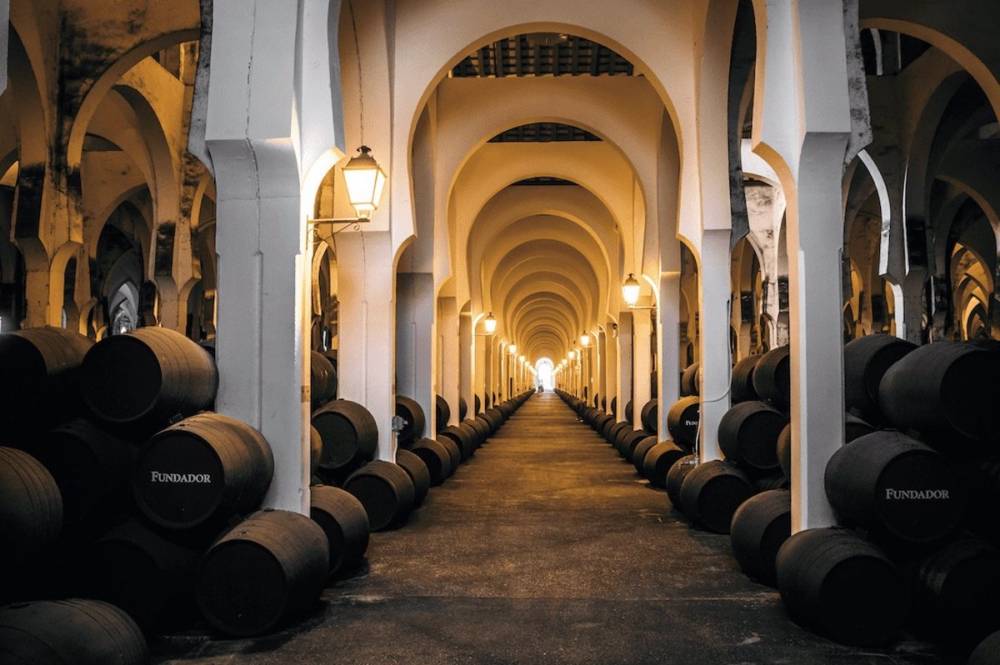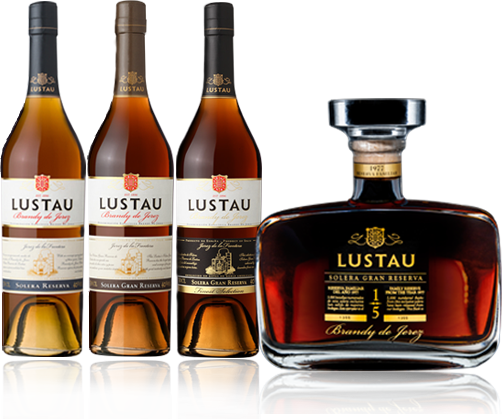
A Guide To The Best French Liqueurs
March 22, 2017
Discover the allure of French liqueurs: a timeless journey through history, flavors, and cultural significance, sparking intrigue and delight
By: James lawrence / Last updated: January 4, 2024
Estimated reading time: 5 minutes

From straight-forward after-dinner digestives to complex brandies of real class and distinction, spirits lovers have plenty of choice among Spain’s selection of Coñacs or Brandy de Jerez. Spanish brandy is generally great value and deservedly very popular – there is a large range of styles and brands to suit every occasion and budget. Visitors to the Andalucía region in southern Spain can certainly testify to its popularity: enter any bar in Seville or Malaga, and you will undoubtedly see locals starting the day with a coffee and a small glass of Brandy. The fan club of this product reaches well beyond Spain’s borders, producing over 80 million bottles annually, with around 20 million exported to foreign markets.
Spain has a 13-century-long history of producing distilled spirits (distillation), separating the alcohol from the water content to concentrate the alcohol). As early as the 8th century, the Arabs brought stills (alquitaras) to Andalucía or Al Andalus after their conquest of southern Spain. They wished to convert wine from the Jerez region into high-proof alcohol for medicinal and other purposes. The legacy of the Moors to the region endured. After the Spanish Christians drove the Moors out of Spain, the Sherry makers in Andalucía fortified their wines with the spirit. This led to a lucrative trade with the Netherlands, positioning Spain as a forever-renowned exporter of this prized grape spirit.
However, a chance occurrence that entered Sherry folklore apparently gave birth to the Spanish Brandy de Jerez industry (Jerez refers to Jerez de la Frontera, the epicenter of Sherry production in Spain). A tough Dutch customer reportedly refused his allocation of wine spirit in an event likely to have occurred in the 18th century. This refusal directly led to the creation of Spanish Brandy, as the embarrassed producers poured the unwanted spirit into used Sherry barrels, where it was largely forgotten. When the Sherry producers rediscovered the barrels many years later, they were amazed at the spirit’s transformation into a velvety, smooth, and aromatic beverage.
In the early 19th century, eager French and English merchants arrived in Andalucía. They contributed greatly to creating a successful Spanish Brandy industry, laying down the production guidelines, aging, and opening up the first trade routes. Many firms were founded during this period, and the industry quickly flourished.
Today, the vast majority of Brandy de Jerez does unsurprisingly emanate from the Jerez region, or “sherry triangle,” which lies in Cadiz’s province. Some “Brandy” is made in the Malaga and Cordoba provinces, but the finest examples are undoubtedly produced in the Sherry towns. The classic production process has barely changed over the centuries and is regulated by the Brandy de Jerez Consejo Regulador or Regulatory Council.

Brandy de Jerez is a protected legal designation (D.O. or appellation), so its production methods must adhere to strict legal guidelines. These guidelines include aging the spirit, called Holanda, in American oak barrels previously used for Sherry production, requiring a minimum aging period of six months for the Holanda, and ensuring that the aging occurs within the Sherry region. Finally, the result must have between 36-45 degrees of alcohol.
Unlike Cognac, producers rarely employ a double distillation of the base wine, and they may source the wines from regions outside Andalucía. Most wines originate from La Mancha, south of Madrid, where traditional copper pots are used for their distillation. During its maturation process in Sherry casks, the spirit will transform from a coarse, harsh substance into a smooth, aromatic, and dark-colored brandy. Depending on the length of the barrel aging, will determine the classification:
Of course, the recommended guidelines above are just suggestions and top producers often mature their brandies for considerably longer times, with some Gran Reservas aging up to 15 years or more. The result is sublime: a concentrated, dark, and aromatic brandy with breadth, depth, and every other possible dimension. Expect chocolate, caramel, coffee, and vanilla!
If you would like us to customize an exclusive luxury tour, contact us and let us know your travel plans. We offer luxury food and wine tours for private groups of a mininium two guests. In addition, all of our private, chauffeured tours are available year-round upon request.

